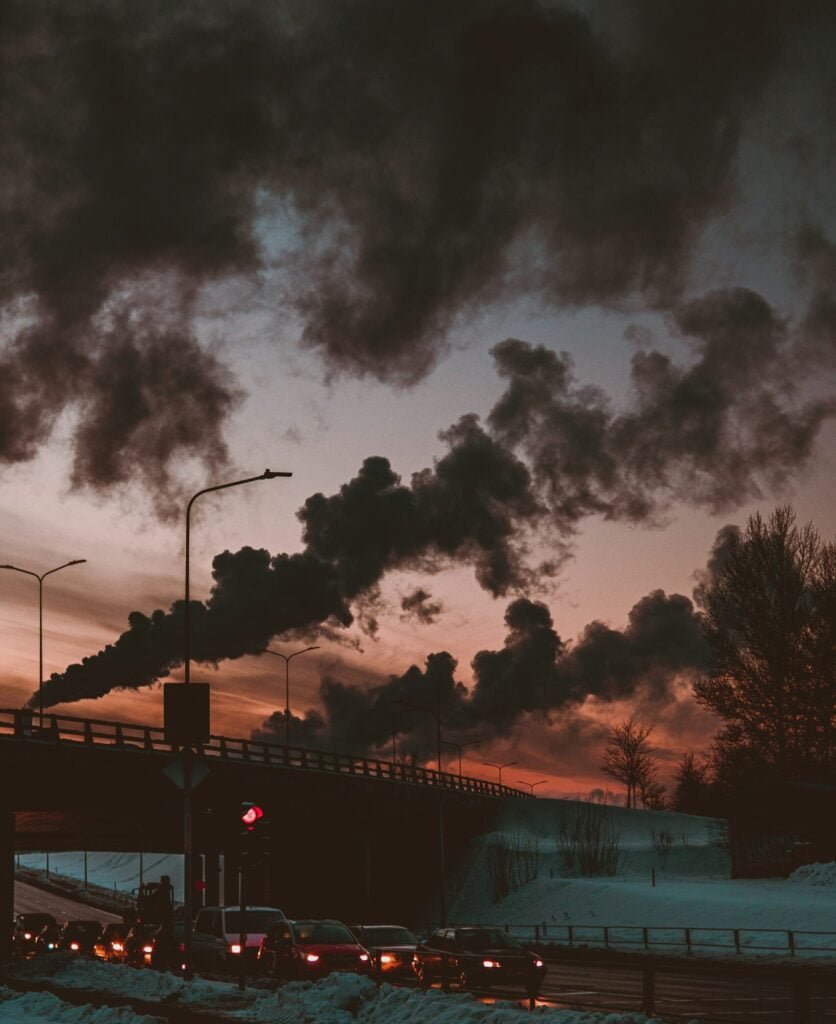What are the main sources of water pollution?
Water pollution is the contamination of water bodies, with a negative impact on their uses. It is common knowledge that around two-thirds of the world is made up of water, which means that taking care of the Earth’s water should be a priority for everyone around the globe. Water pollution occurs when harmful substances—often chemicals or microorganisms—contaminate a stream, river, lake, ocean, aquifer, or other body of water, degrading the water quality and rendering it toxic to humans or the environment. Water pollution can have negative effects on our health, the environment, and the economy.
Sources of water pollution are either point sources or non-point sources. Point sources have one identifiable cause, such as a storm drain, a wastewater treatment plant, or an oil spill. Non-point sources are more diffuse. An example is agricultural runoff.
Pollution from point sources:
Point-source Water pollution refers to contaminants that enter a waterway from a single, identifiable source, such as a pipe or ditch. Examples of sources in this category include discharges from a sewage treatment plant, a factory, or a city storm drain.
The U.S. Clean Water Act (CWA) defines point source for regulatory enforcement purposes (see United States regulation of point source water pollution). The CWA definition of point source was amended in 1987 to include municipal storm sewer systems as well as industrial storm water, such as from construction sites.
1. Sewage: Sewage typically consists of 99.9% water and 0.1% solids. Sewage contributes many classes of nutrients that lead to eutrophication. It is a major source of phosphate for example. Sewage is often contaminated with diverse compounds found in personal hygiene, cosmetics, pharmaceutical drugs (see also drug pollution), and their metabolites Water pollution due to environmental persistent pharmaceutical pollutants can have wide-ranging consequences. When sewers overflow during storm events, this can lead to water pollution from untreated sewage. Such events are called sanitary sewer overflows or combined sewer overflows.
2. Industrial wastewater treatment: Industrial processes that use water also produce wastewater. This is called industrial wastewater. Using the US as an example, the main industrial consumers of water (using over 60% of the total consumption) are power plants, petroleum refineries, iron and steel mills, pulp and paper mills, and food processing industries.[2] Some industries discharge chemical wastes, including solvents, heavy metals (which are toxic), and other harmful pollutants.
3. Oil spills: An oil spill is the release of a liquid petroleum hydrocarbon into the environment, especially the marine ecosystem, due to human activity and is a form of pollution. The term is usually given to marine oil spills, where oil is released into the ocean or coastal waters, but spills may also occur on land. Oil spills may be due to releases of crude oil from tankers, offshore platforms, drilling rigs and wells, as well as spills of refined petroleum products (such as gasoline and diesel fuel) and their by-products, heavier fuels used by large ships, such as bunker fuel, or the spill of any oily refuse or waste oil.
Pollution from non-point sources:
Nonpoint source (NPS) pollution refers to diffuse contamination (or pollution) of water or air that does not originate from a single discrete source. This type of pollution is often the cumulative effect of small amounts of contaminants gathered from a large area. It is in contrast to point-source pollution, which results from a single source. Nonpoint-source pollution generally results from land runoff, precipitation, atmospheric deposition, drainage, seepage, or hydrological modification (rainfall and snowmelt), where tracing pollution back to a single source is difficult. Nonpoint-source water pollution affects a water body from sources such as polluted runoff from agricultural areas draining into a river or wind-borne debris blowing out to sea. Nonpoint-source air pollution affects air quality from sources such as smokestacks or car tailpipes. Although these pollutants have originated from a point source, their long-range transport ability and multiple sources make them nonpoint source of pollution. If the discharges were to occur in a body of water or into the atmosphere at a single location, the pollution would be single-point.
1. Agriculture: Agriculture is a major contributor to water pollution from nonpoint sources. The use of fertilizers as well as surface runoff from farm fields, pastures, and feedlots leads to nutrient pollution. In addition to plant-focused agriculture, fish farming is also a source of pollution. Additionally, agricultural runoff often contains high levels of pesticides.
2. Atmospheric contributions (air pollution): Air deposition is a process whereby air pollutants from industrial or natural sources settle into water bodies. The deposition may lead to polluted water near the source or at distances up to a few thousand miles away. The most frequently observed water pollutants resulting from industrial air deposition are sulfur compounds, nitrogen compounds, mercury compounds, other heavy metals, and some pesticides and industrial by-products. Natural sources of air deposition include forest fires and microbial activity.
Acid rain is caused by emissions of sulfur dioxide and nitrogen oxide, which react with the water molecules in the atmosphere to produce acids. Some governments have made efforts since the 1970s to reduce the release of sulfur dioxide and nitrogen oxide into the atmosphere. The main source of sulfur and nitrogen compounds that result in acid rain are anthropogenic, but nitrogen oxides can also be produced naturally by lightning strikes and sulphur dioxide is produced by volcanic eruptions. Acid rain can have harmful effects on plants, aquatic ecosystems and infrastructure. Carbon dioxide concentrations in the atmosphere have increased since the 1850s due anthropogenic influences (emissions of greenhouse gases). This leads to ocean acidification and is another form of water pollution from atmospheric contributions.
Addressing water pollution requires a multi-faceted approach involving regulations, improved waste management practices, technological innovations, and public awareness initiatives.
To learn more about the solution to water polution, click below:
https://weatherclash.com/index.php/2024/06/03/what-can-we-do-to-stop-water-pollution/



